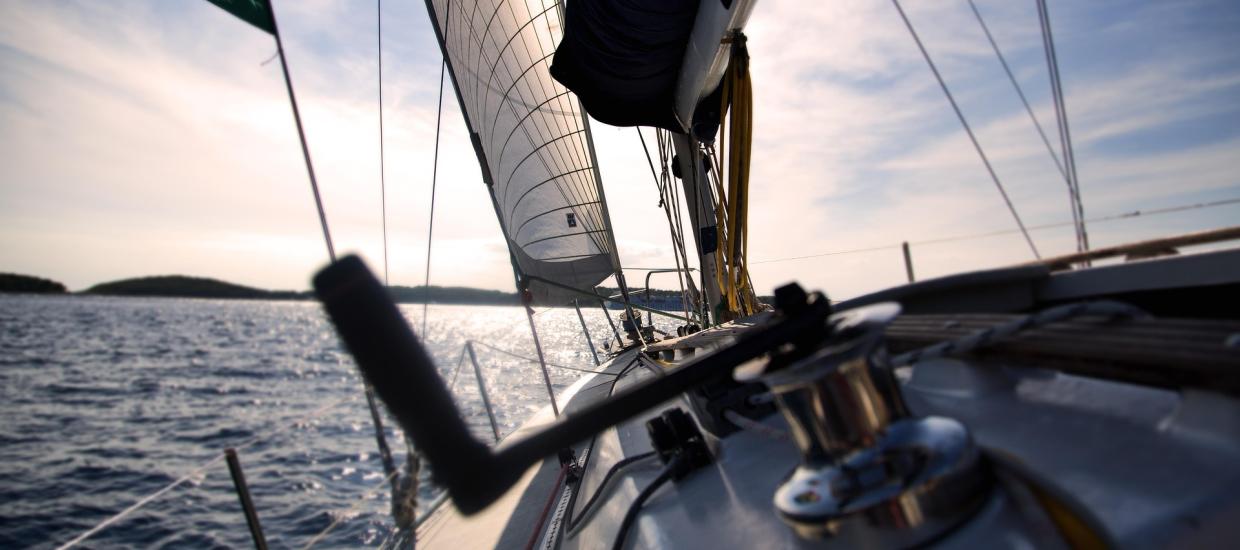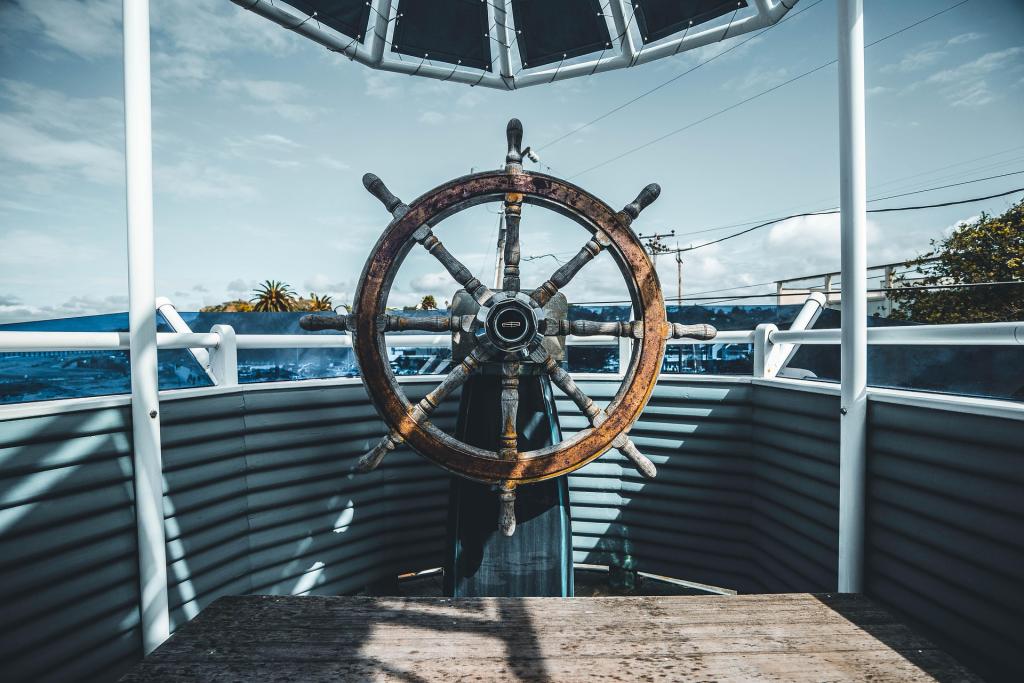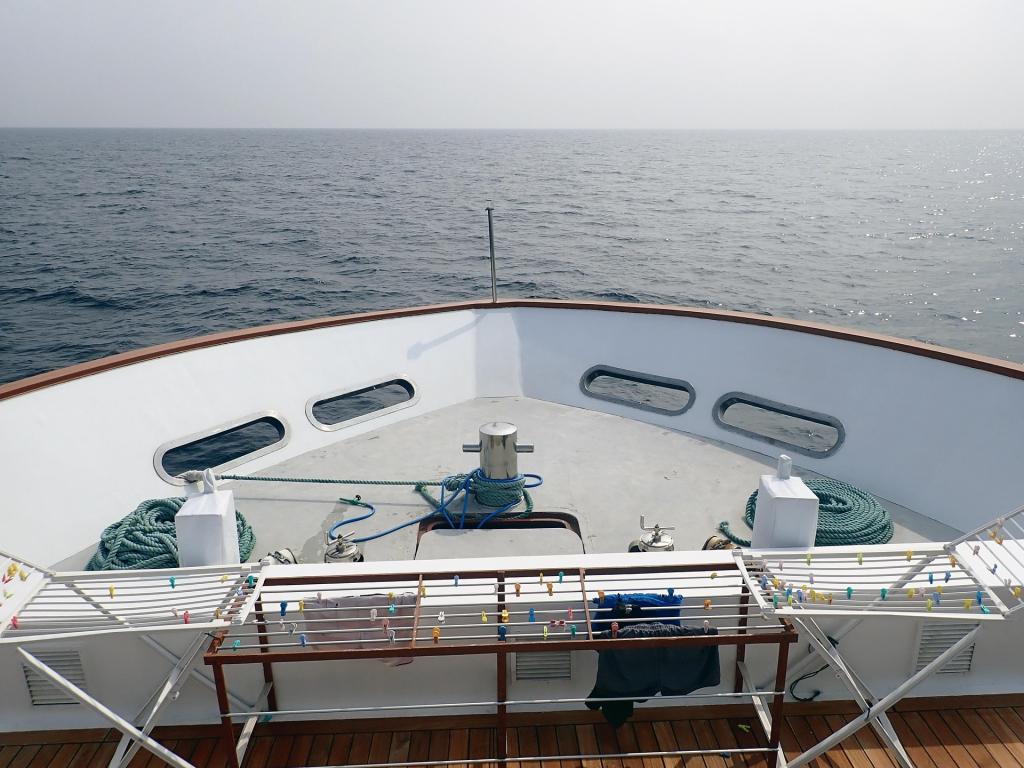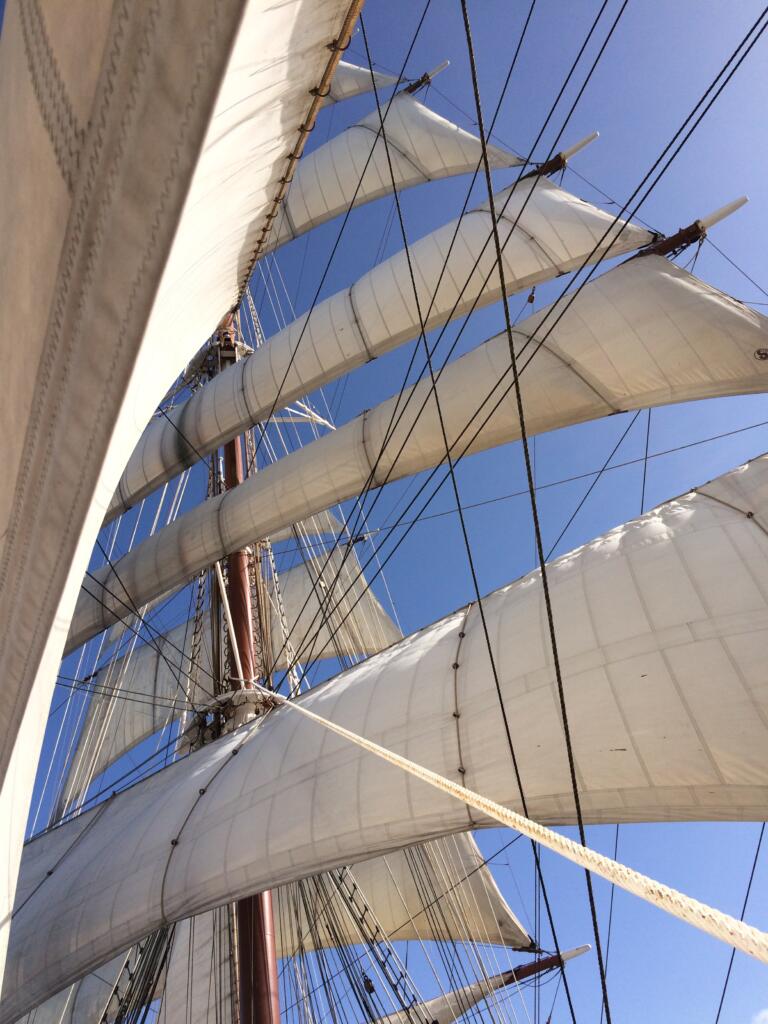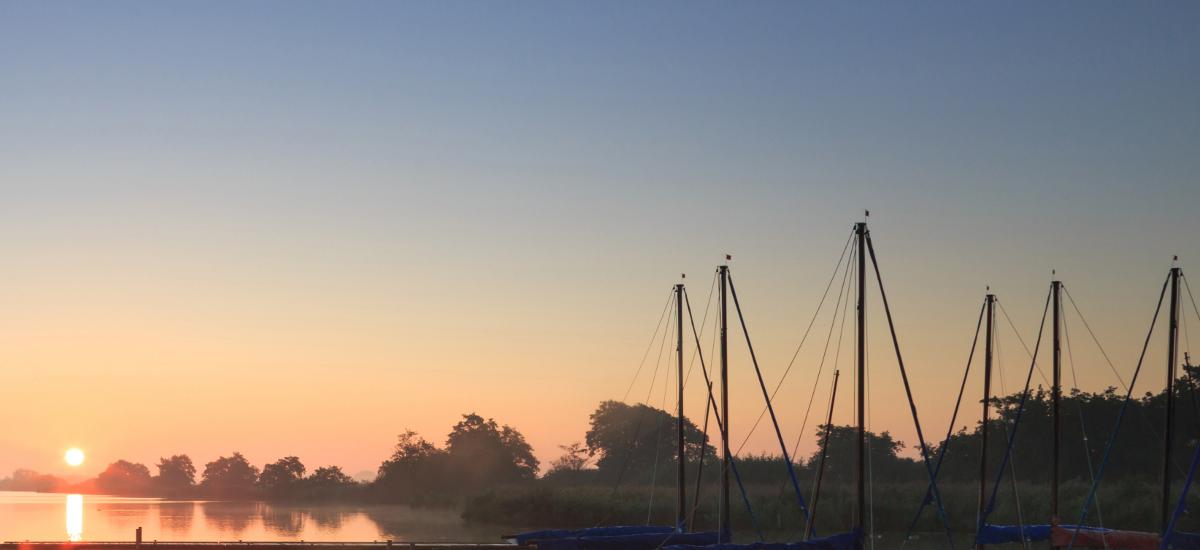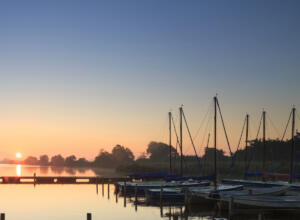Estimated reading time: 4 minutes
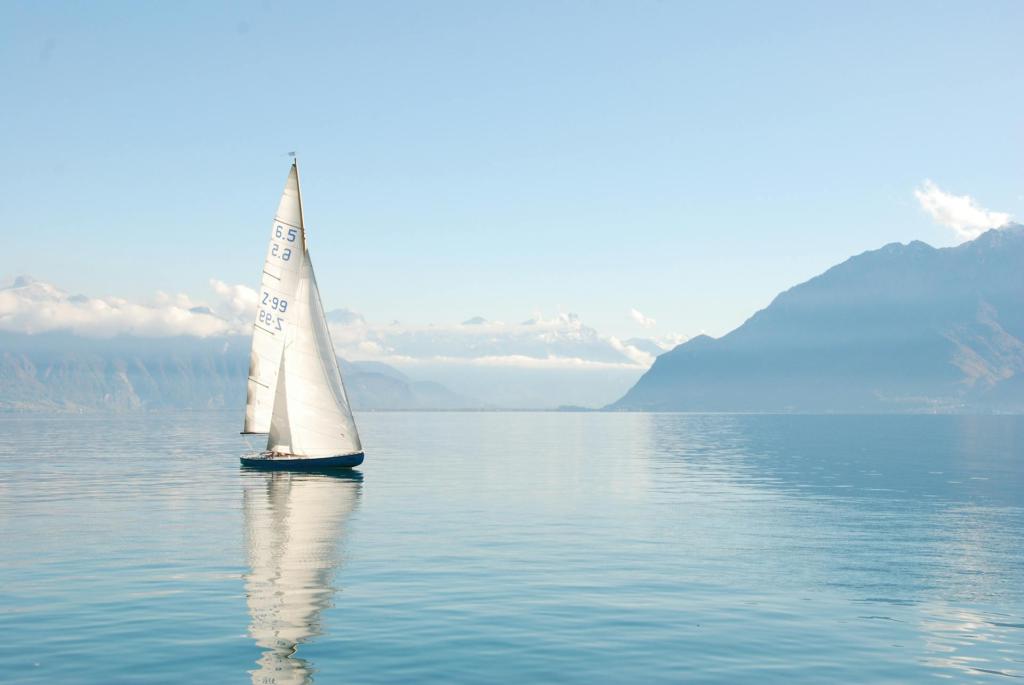
Sailing is one of the classic joys of lake living. On a day with a gentle wind, there’s nothing better than hoisting the mainsail and enjoying a quiet afternoon. Whether for recreation or transportation, sailing has permeated cultures worldwide since ancient times. Because of these early roots, unlike motorized boats, operating a sailboat requires a specific skill set and knowledge of terminology.
In addition to understanding the lingo of sailboats, it’s also important to know the different types. In general, sailboats can be categorized in various ways based on their primary hull design, the keel, and the mast. For those new to the lexicon, a hull refers to the body of the boat, a keel is the main structural backbone, and a mast is a towering pole that holds sails in place. Today, we’ll be using the hull-based categorization system. For an introductory crash course, check out these three basic types of sailboats!
Monohull
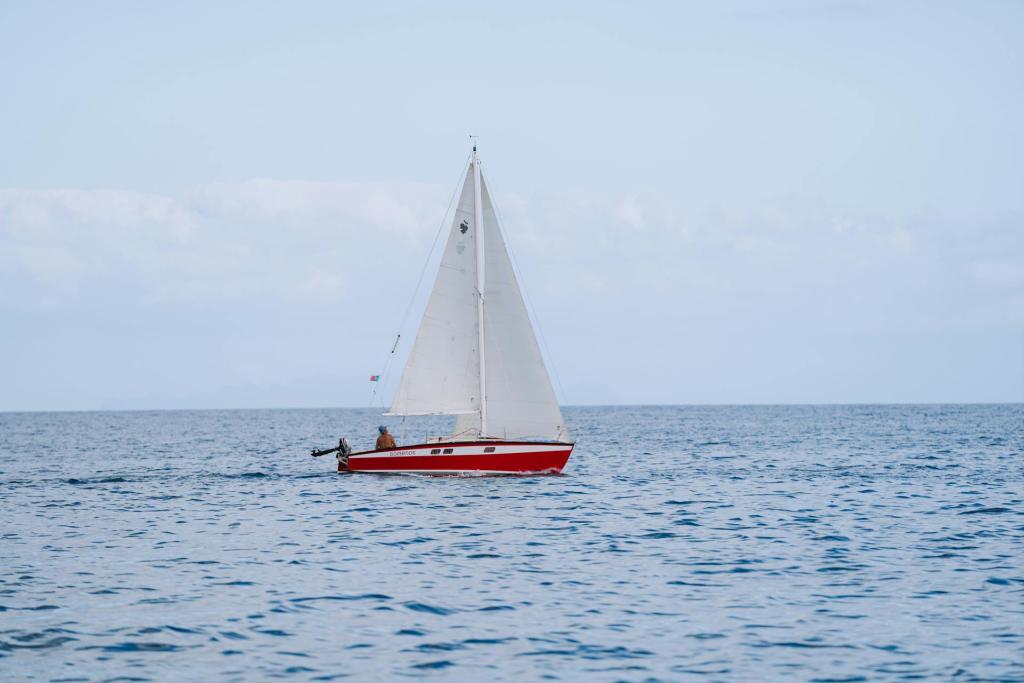
Monohulls are the most common type of sailboats. This classic structure is defined by a single body with a large beam, usually sporting a classic, clean look. Part of their popularity is their ability to provide both storage and stability simultaneously. However, monohull sailboats have decreased in popularity recently for those who engage in sailing competitions since the extra storage space isn’t conducive for higher speeds. If you’re curious about the keel categorization, traditional monohulls tend to have full keels, cutaway keels, or fin keels.
One of the most common designs in the monohull family is a dinghy, a short sailboat for one or two people that’s easy to maneuver. Although the name implies shabby characteristics, dinghies are useful little boats to have at a lake house. Other varieties of monohulls include cutters (a medium-sized sailboat with three sails), sloops (a single mast with one mainsail and one headsail), ketches (two main masts with one around midship), and schooners (more than two sails which are supported on masts). A sloop is probably the one that comes to mind when thinking of a modern sailboat.
Catamaran

Often nicknamed cats, catamarans are defined by their double hulls. More specifically, catamarans have twin-hulled structures attached together by specialized members. Appropriately, the word means “tied pieces of wood” in Tamil, a South Indian language. The twin hulls provide stability for these boats, which are popular for their expansive interior room and increased deck space. Although these boats have a higher speed than monohulls, they tend to sail more off-course because their keels are not as heavy.
A few specific types include beach catamarans (popular for day sailing and among those with little sailing experience) and charter catamarans (much larger boats that usually feature both sails and a motor). Outside of the sailing world, motorized cats are gaining popularity among lake homeowners. Boats like pontoons and other “power cats” are well-regarded among anglers and cruisers alike.
Multi-Hull

Multi-hull sailboats feature anywhere between three and five hulls, although a three-hull variation is most common. These three-hull types, also known as trimarans, typically have a main hull and two side hulls for stability. On some of these boats, the side hulls can fold inward to make the boat more narrow. Due to their large beam and low center of gravity, these sailboats are very stable. As such, they make popular sailboats which only require small engines for propelling forward. Beyond the trimaran, four and five-hulled sailboats are rarely used commercially or by lake homeowners.
We hope this brief introduction serves as a helpful foray into sailboat types! If you’re looking to learn more, stay up-to-date by subscribing to Lake Homes Lifestyles for more insights on all things sailing.


